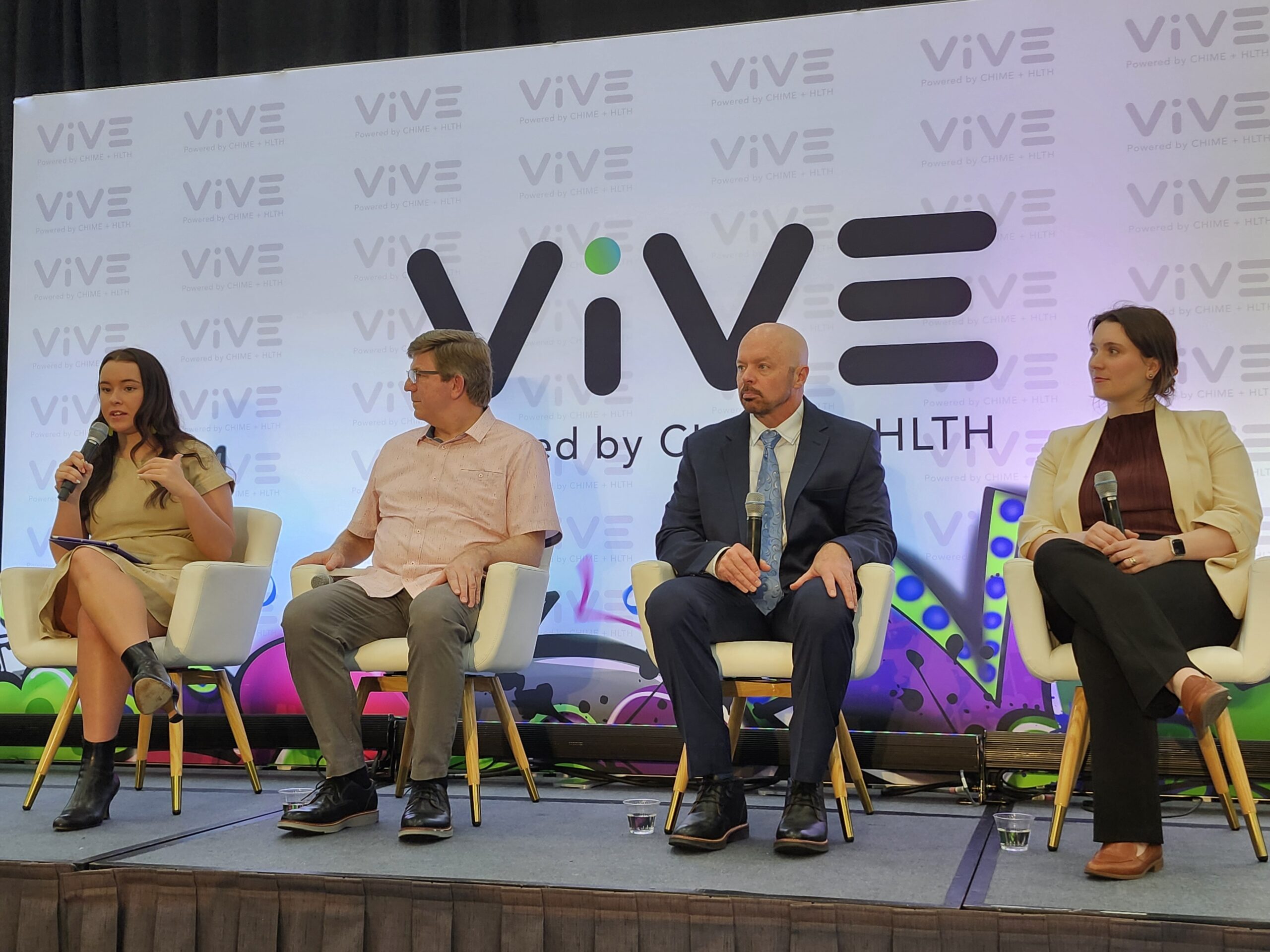
Over the last several years, especially since the onset of the pandemic, there has been a great deal of focus on the high levels of depression and anxiety experienced by young Americans who have been open and vocal about their mental health challenges. While that attention is very much needed, we can’t ignore the many older adults who often suffer in silence. While up to one in four adults 65 and older live with a mental health condition, fewer than 50% with mental and/or substance use disorders get needed care.
There are a myriad of factors contributing to mental health challenges in the older population.
The mind-body connection

When Investment Rhymes with Canada
Canada has a proud history of achievement in the areas of science and technology, and the field of biomanufacturing and life sciences is no exception.
Physical and mental health are inextricably intertwined. Almost all older adults have a chronic illness, with nearly 80% living with two or more of these conditions. The life-altering effects resulting from ongoing physical health issues can trigger and worsen mental health problems. For instance, people with diabetes are two to three times more likely to develop depression, the most prevalent mental health condition among seniors, than those who do not have the disease. Higher levels of depression are also seen among people with Parkinson’s disease, heart disease and cancer, as well as other health conditions.
At the same time, poor mental health in older adults with chronic conditions can reduce adherence to treatment, exacerbate physical health conditions and lead to poorer quality of life and increased mortality. As a result, seniors with behavioral health conditions have much higher medical needs and poorer health outcomes than their peers. To truly support the whole health needs of seniors, you cannot treat one and not the other.
The need for social connection
Loneliness and social isolation can have significant negative consequences for both mental and physical health. Older adults are at increased risk for social isolation and loneliness since many live alone, experience greater loss of family and friends and have physical limitations and challenges that can restrict their daily activities. Loneliness, which affects four in ten seniors, causes high rates of depression, anxiety and suicide. The Surgeon General’s Advisory on Our Epidemic of Loneliness and Isolation notes that insufficient social connection is linked to a 29% increased risk of heart disease, a 32% increased risk of stroke, and a 50% increased risk of developing dementia for older adults, while social isolation is associated with significantly higher rates of premature death. In fact, the impact of being socially disconnected on mortality is similar to that of smoking up to 15 cigarettes a day.

At ViVE 2024, Panelists Share Prior Authorization Progress and Frustration in Payer Insights Program
At the Payer Insights sessions on Day 1 of ViVE 2024, a panel on prior authorization offered compelling insights from speakers who shared the positive developments in this area after years of mounting frustration. Speakers also shared challenges as they work with providers to figure out how policy developments and technology will work in practice.
Economic stressors
Millions of older Americans live in a precarious financial situation which compounds their risks for anxiety and depression. More than 10% of American seniors live in poverty and the number is even higher for Black (17.6%) and Hispanic (16.9%) seniors. Also, nearly 30% of seniors have difficulty paying their monthly living expenses, more than 5 million older adults are food insecure, while record numbers are struggling with the cost of housing and homelessness is on the rise. Many seniors also lack access to transportation further increasing their social isolation. Primary care can play a critical role in connecting seniors to resources to close these social drivers of health gaps.
Hurdles to treatment
Multiple barriers prevent seniors from receiving mental health care. The stigma associated with psychological conditions may hinder some people from seeking treatment. That’s particularly true for an older generation that is often embarrassed or ashamed to admit they’re having emotional difficulties. Societal attitudes about aging can hamper recognition of these problems. Depression is commonly seen as a normal part of aging – a natural response to the loss of family and friends – or mistaken as a sign of frailty or dementia.
Another major obstacle is the severe shortage of mental health providers, especially those treating older adults, at a time when the number of seniors living with mental health conditions is increasing.
Primary care helps bridge the gap
Primary care providers can help fill that void. But to do so, the traditional practice model must be replaced by a value-based, care team approach that enables a focus on both the physical and mental health of patients.
Collaborating with a care team allows physicians additional time with patients – up to 50% more than a traditional doctor’s office – which helps foster a strong, trusting relationship and promotes open discussions about the individual’s daily life challenges. When the potential of a mental health issue is identified, models like Collaborative Care enable a behavioral health specialist to perform a psychosocial assessment to identify and review diagnoses, help patients understand their behavioral-health symptoms, and offer direction and next steps for treatment.
Pharmacists who can provide medication support are also key, as are community health workers to connect patients with social services like food, housing and transportation assistance, which can help reduce mental health risks. Finally, when a patient’s behavioral health needs are beyond what can be supported in an integrated collaborative care model, they can be referred to a behavioral health provider with the right expertise in their geography to support their needs.
Having these services under one roof is beneficial for patient care. Research shows that patients prefer to receive mental health services in integrated settings such as their primary care office rather than outside referrals. They also report greater comfort levels and that their needs are being met.
These care team-based practices are especially needed in underserved areas, given high rates of both physical and mental health conditions affecting diverse and lower-income populations who have limited access to care.
Let’s honor our seniors by ensuring they have the behavioral health care they need and deserve. Senior-focused primary care can help make that promise a reality.
Photo: erhui1979, Getty Images
Reneé Buckingham is President of the Primary Care Organization for Humana. Humana’s Primary Care Organization includes CenterWell Senior Primary Care – wholly owned, senior-focused, payer-agnostic primary care clinics; Conviva Care Centers, a large senior-focused primary care group with centers in Florida and Texas; and various provider joint ventures and partnerships. As president, Reneé is responsible for business operations, performance and national expansion of these primary care businesses.
This post appears through the MedCity Influencers program. Anyone can publish their perspective on business and innovation in healthcare on MedCity News through MedCity Influencers. Click here to find out how.













